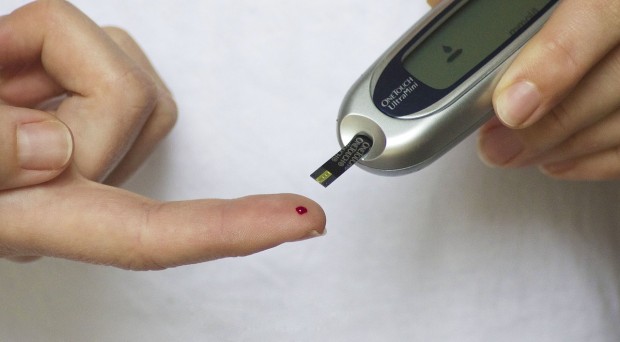
Diabetes mellitus is a major public health problem worldwide. In fact, there are two different unrelated diseases, often confused with each other: type I and type II diabetes. In type I diabetes the amount of insulin released in response to the intake of sugar is too low, while type II diabetes is characterized by a high resistance to insulin, typically found during the aging process and in obese subjects, the two major risk factors.
Once acutely ill, patients can be become resistant to the effects of insulin, which is to some extent an adaptive event, allowing the provision of glucose to the insulin-independent vital tissues. However, if left untreated, the complications of hyperglycemia are numerous, including vascular lesions, kidney, ocular, and neurological impairments.
During these last two decades, tremendous changes in the management of diabetes have occurred. Major improvements in the knowledge of the physiopathology led to the development of new classes of drugs able to improve sensitivity to insulin, or to increase the release of insulin by mimicking or reinforcing the ‘incretin’ effect (the gastro-intestinal hormonal trigger of insulin release).
In selected cases, transplantations of islets or of pancreas are now routinely performed in highly specialized centers. In parallel, new insulin solutions and new modes of delivery of insulin became available. Self-monitoring of blood glucose is now a standard practice among type I diabetics, and closed-loop systems linking the monitoring device to an insulin pump are close to marketing.
In the near future, the screening of patients at risk of diabetes will become widely available.
Hopefully, during the next decade, closed-loop systems will become largely available for patients diagnosed with type I diabetes. Improvements in the technology of smartphones, watches, and other portable electronic devices will facilitate the online monitoring of blood glucose, thereby improving treatment and the prevention of complications.
In the near future, the screening of patients at risk of diabetes will become widely available, regardless of the socio-economic level. In terms of treatment, the large choice of medications will allow an easier individualization according to the patients’ preferences.
In-hospital management of diabetes will be improved by the use of reliable monitoring systems and by the use of therapeutic algorithms. In the intensive care units (ICU), reliable and affordable intravascular monitoring systems will allow a tighter blood glucose control within individualized target blood glucose values.
The issues of costs and profitability are in my view the hurdles that could hamper this process. In terms of glucose monitoring in the ICU, the technology of point-of-care glucose meters and the reliability of continuous monitoring systems should be improved to allow clinical research designed to a better understanding of the physiopathological response underlying stress-related hyperglycemia.
2 Comments